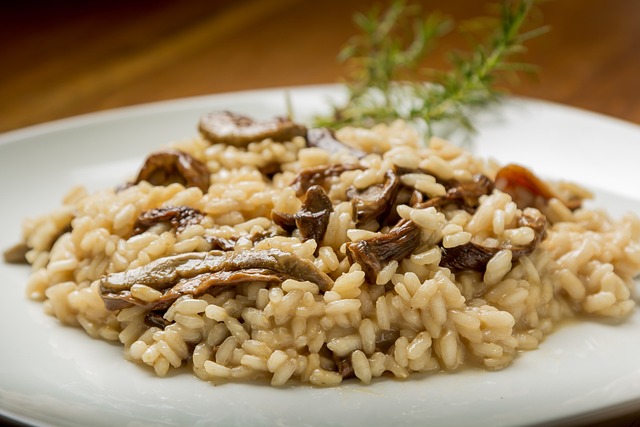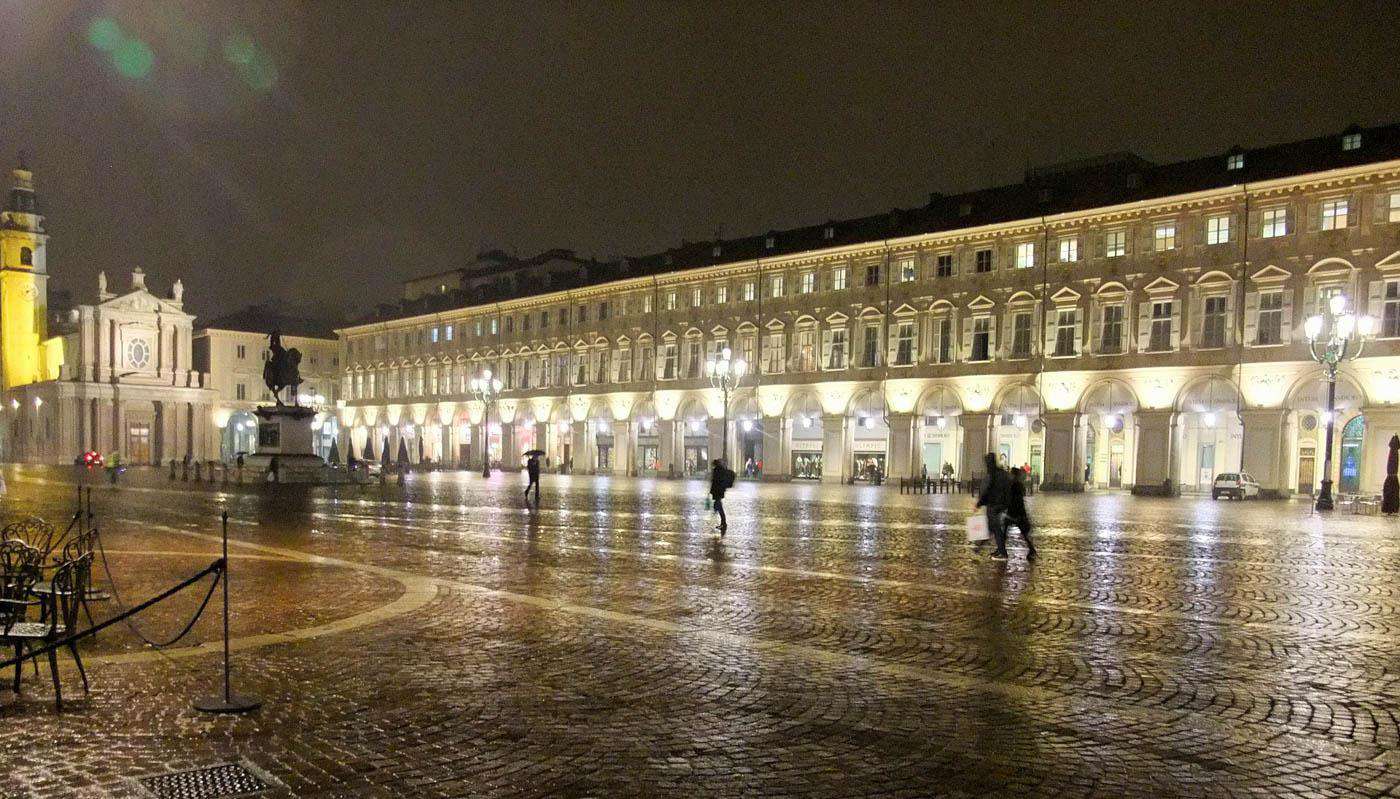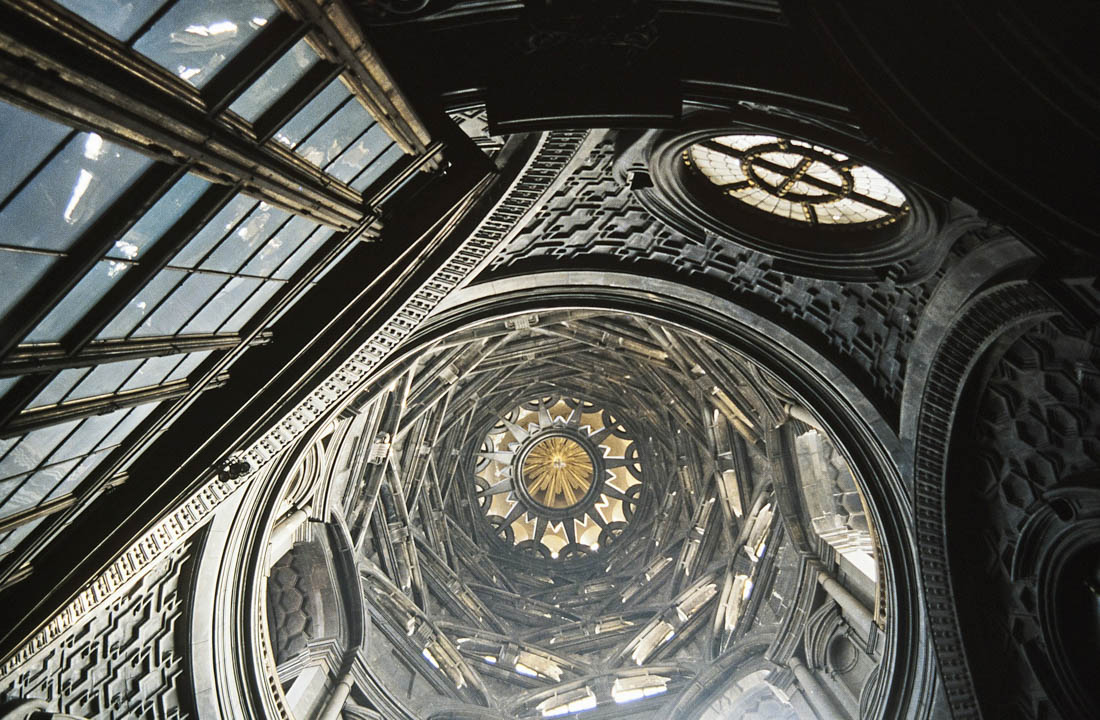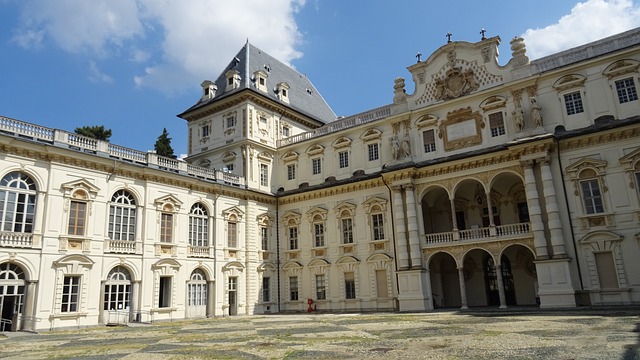You'll find that the food in Turin (Torino) is wonderful. Be sure to spend time enjoying all the local flavors. The region has been credited with being the birthplace of the Slow Food Movement. The dishes often use locally made ingredients and there are very diverse flavors and recipes. Local favorites include antipasto misto, risotto ai funghi (mushroom risotto), and carne cruda (beef tartare).
When dining out, the average daily cost for food in Turin (Torino) is around $87 (€74) per person, with previous travelers spending from $38 to $161. Generally, breakfast and lunch cost less than dinner, but this will depend on the type of restaurant and what you order.
Typical meal prices in Turin (Torino) are as follows:
- Breakfast: $9 to $26
- Lunch: $13 to $35
- Dinner: $26 to $61
- Coffee: $7
- Fast Food or Street Food: $13
Local cuisine of Turin is typical to that of the Piedmont region, which encompasses the area of northern Italy at the foot of the Alps bordering France and Switzerland. Traditional Piedmont cuisine is very sophisticated, encompassing rich flavors, full-bodied wines, and indulgent desserts. Meals are often categorized into antipasti (starters), primi (pasta), and secondi (meats and fish), as well as dolci and formaggi (desserts and cheese). Some local antipasti favorites include items like mixed hors d'oeuvres, tomini (creamy cheeses served with chilli), vitello tonnato (veal in a tuna mayonnaise), marinated anchovies, and grissini (breadsticks). For primi, there are many pastas and risottos that are often creamy and include local cheeses, fresh vegetables, fish, meat, or mushrooms. Truffles are especially popular in this region. Moving on to secondi, visitors can enjoy an assortment of veal, chicken, pork, and offal in a dish like bollito misto. Others include carne cruda (like beef tartare), lumache (snails), and fish such as anchovies, swordfish, salmon, tuna, bream, sole, trout, sardines, herring, cod, and sea bass. Finally, dolci includes favorites like gelati, sorbetti, panna cotta, and tiramisu, while formaggi showcases local cheeses like stracchino, toma, robiola, raschera, and fontina. As a major city Turin will have these local specialties as well as international options including but not limited to Arab, Chinese, Japanese, Indian, Argentinian, and Iranian cuisines.

Many hotels include breakfast in their pricing structure, while some charge additional fees for it. The quality and cost can vary significantly by hotel. Knowing this in advance can help you decide whether to allocate more money. It might be worth paying for the delicious hotel buffet, or you could go to a local bakery or cafe that's less expensive.
Why not save some bucks and enjoy the sights by having a picnic? Stop by a local grocery store or market, grab some fresh food, and head to a nice park or beautiful spot to enjoy your meal.
Carry a water bottle with you instead of buying drinks everywhere. It's also good for the environment.
While planning your tour, it's essential to know which meals are included. You may find yourself paying for some meals, which can add to your travel budget.
If you're looking to experience the culinary culture in Turin (Torino), taking a food tour or cooking class is a terrific way to do it. After all, cuisine is one of the reasons why so many people visit. Some of the best food-related activities here include:
- Sustainable Farm Tour & Northern Italian Cooking Class in Asti for $170 details
- Home Cooking Class in Piedmont: Tajarin Pasta, Zabaglione & wine for $155 details
- Italian Cooking Class and Dinner at a Chef's House in Turin for $145 details
 Turin, Italy
Turin, Italy



 Many people visit Turin (Torino) specifically to see its famous museums and landmarks. The city boasts a number of museums including The Egyptian Museum, Museo Nazionale del Cinema, and Museo Nazionale dell'Automobile. Other landmarks include the Royal Armory, The Cathedral and the Holy Shroud, and Palazzo Madama.
Many people visit Turin (Torino) specifically to see its famous museums and landmarks. The city boasts a number of museums including The Egyptian Museum, Museo Nazionale del Cinema, and Museo Nazionale dell'Automobile. Other landmarks include the Royal Armory, The Cathedral and the Holy Shroud, and Palazzo Madama. Budget Your Trip is all about finding out how much everything costs so that you can travel cheaper and longer. Created by avid travelers Laurie and Bryan, our goal is to help you plan your next trip on the right budget. With average daily travel costs that are calculated from the budgets of real travelers, plus an analysis of hotel and tour prices, you can find out how much money you need to plan your next adventure. We also have plenty of travel advice, accommodation reviews, and activity suggestions.
Budget Your Trip is all about finding out how much everything costs so that you can travel cheaper and longer. Created by avid travelers Laurie and Bryan, our goal is to help you plan your next trip on the right budget. With average daily travel costs that are calculated from the budgets of real travelers, plus an analysis of hotel and tour prices, you can find out how much money you need to plan your next adventure. We also have plenty of travel advice, accommodation reviews, and activity suggestions.